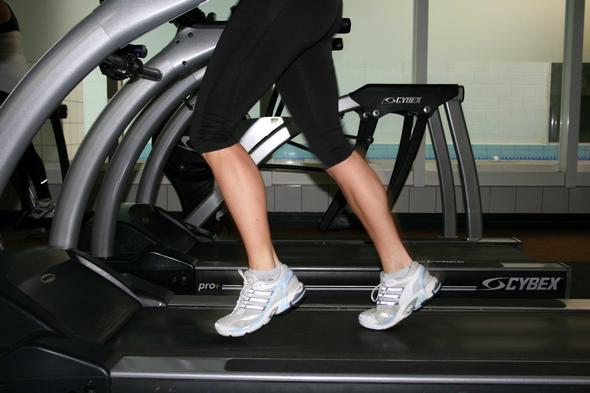
RUNNING FLAWS
Common running faults that are so easy to fix there is no excuse!
As you would imagine we see a lot of runners within our clinics. So much so that we now use biomechanical video analysis to allow us to film our patients, identify each running stride frame by frame and actually show each person what they are doing wrong and log their progress over time. This has allowed our Physio’s to see all of the extremes and show many athletes how to improve their performance. Many of you are probably aware that you don’t run as well as you should or that you feel like you should be improving at a greater rate. Considering the following points may give you the insight to improve your running style to allow for greater speed or get past that nagging injury.
Obviously I can’t possibly discuss all of the faults that we see in runners within this article. Often people may be leaning too far forward, too far back, be trying to be too upright or use their arms excessively (or not at all) but for the purposes of this article I have chosen three main faults that we often start with.
Heel strike
Heel strike is the moment that your foot (hopefully your heel if you are an endurance athlete) lands on the ground from the swing phase of running. The most common problem that we see is excessively stretching out in front or over-striding in an attempt to increase the stride length. The theory of many runners is that they are stepping further so they must be going faster. However this is not true! If you land too far in front of your centre of gravity you will in fact slow yourself down. Here’s how it works.
If you land with an outstretched leg you create a force going up the length of your leg in the opposing direction to which you are running. This works against you, slowing you down. It will also cause discomfort in the lower back and knees.
If you land in a position that is slightly closer to you, with a bent knee, your momentum is maintained and you can then form a stable platform to drive yourself forward again. Driving yourself forward is termed ‘push off.’
Push off
Push off is where we generate the forward drive for our run. Many people do not generate enough drive or miss this phase all together generating excessive vertical movement. I’m sure you have seen the extremes at the gym. The runner who glides effortlessly on the treadmill at 16km/hr versus the person who seems to be giving it everything, is moving up and down a lot but barely making it to 10k/hr. An effective push off is essential. You should feel pressure on your toes (especially you big toe) as you push yourself forward. Always think about driving yourself forward with each push off.
The influence of the big toe in this phase can be huge. The toe must be able to get to 65 degrees extension in order to stabilise the foot and create enough tension for you to drive yourself forward. If you lack this extension or it is painful then you will not be able to run at your potential. A few visits to your Physiotherapist may easily sort this out and have you on the road again. If not your Physio will be able to recommend the most appropriate next step.
Crossing
Crossing over midline is my pet hate. Most likely because I used to do this myself and think it is something that is often missed when assessing peoples running style. Have a look at yourself when you are next running. Look at the spot in front of you that you land. If your feet both landed at the same time would you stand on your own foot? If so you are crossing your midline. This usually indicates weak gluteus muscles (bum muscles).
If you are running like this then we need to fix it – you are penalising yourself every step of the way by not using your gluteus muscles to stabilise and assist in the drive. Simply try running with your feet landing each side of a line – say a line on a footpath or a rugby field. This will feel a lot more stupid than it looks and you will quickly get a feel for having your feet adequately spaced.
If you continue to struggle with this there are plenty of other exercises that we can assist you with. Prior to this you will need to have a full musculoskeletal assessment to ensure that all contributing factors are considered. Please make an appointment with your Physiotherapist and we can send you in the right direction.
BEN IS A DIRECTOR OF HABIT HEALTH AND FITNESS CLUBS & HABIT PHYSIOTHERAPY AND REHABILITATION CLINICS. BEN IS A QUALIFIED PHYSIOTHERAPIST AND HAS EXTENSIVE EXPERIENCE WITH A BROAD RANGE OF CLIENTS FROM HIGH PERFORMANCE ATHLETES TO PEOPLE WHO HAVE SUFFERED SERIOUS INJURIES/DISABILITY. BEN’S PASSION IS FACILITATING PEOPLE TO RECOVER FROM THEIR INJURIES THROUGH ACCURATE DIAGNOSIS AND REHABILITATION. BEN AND HIS TEAM AT HABIT PHYSIOTHERAPY BELIEVE IN THEIR PATIENTS ACHIEVING THEIR TRUE POTENTIAL AND USE THE LATEST RESEARCH AND TRAINING TOOLS TO MAKE IT HAPPEN.
BEN@HABIT.CO
